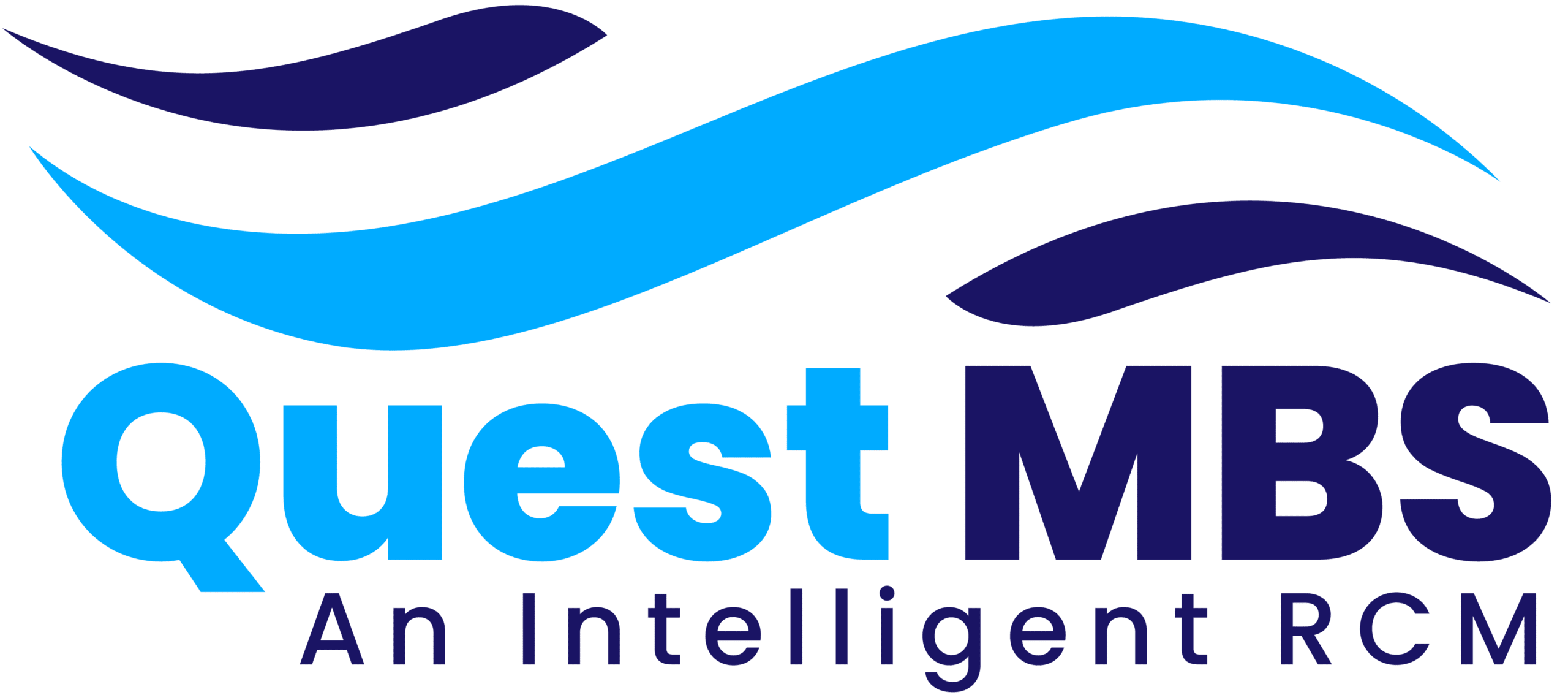Introduction
Medical billing disputes are a common challenge in healthcare, affecting both patients and providers. Confusion over charges, insurance denials, unexpected costs, and billing errors often lead to frustration and patient disputes. If not handled properly, these disputes can result in delayed payments, negative patient experiences, and even legal issues.
Effective resolution of billing disputes requires clear communication, transparency, and proactive dispute resolution strategies. This article explores common causes of patient disputes, strategies for handling them, and best practices for improving patient satisfaction while ensuring timely payments.
Common Causes of Patient Billing Disputes
Patients dispute medical bills for various reasons, and understanding these common causes can help providers prevent and resolve conflicts effectively.
1. Insurance Coverage Issues
- Claims may be denied or partially paid due to lack of coverage, out-of-network services, or insurance policy exclusions.
- Patients may not understand their deductibles, co-pays, or co-insurance responsibilities.
2. Billing Errors
- Incorrect CPT codes, duplicate charges, or miscalculated fees can lead to overbilling.
- Errors in patient information or insurance details can result in incorrect billing.
3. Lack of Cost Transparency
- Many patients are unaware of service costs before receiving treatment.
- Surprise medical bills (e.g., out-of-network charges) cause frustration.
4. Confusion Over Explanation of Benefits (EOB)
- Patients often misinterpret EOB statements, leading them to believe they owe more than expected.
- Insurance companies sometimes apply unexpected adjustments or denials, confusing patients.
5. Delayed or Unexpected Charges
- Late billing can surprise patients, especially if they expected insurance to cover costs.
- Some medical services involve multiple providers, leading to confusion over separate bills.
6. Financial Hardship
- Patients struggling with financial difficulties may dispute bills due to inability to pay.
- Lack of payment plans or financial assistance options can escalate disputes.
Steps to Handle Patient Billing Disputes Effectively
1. Stay Calm and Listen to the Patient’s Concerns
- Patients often feel frustrated, confused, or overwhelmed by medical bills.
- Approach every dispute with patience, professionalism, and empathy.
- Allow the patient to fully explain their issue before offering solutions.
2. Review the Billing Statement Carefully
- Verify charges, insurance payments, patient responsibilities, and possible billing errors.
- Cross-check the patient’s insurance coverage to confirm eligibility and correct benefit application.
3. Explain the Bill in Simple Terms
- Avoid complex medical and insurance jargon—break down costs clearly.
- Show line-by-line charges, explaining how insurance and patient payments are calculated.
- If the patient misunderstood an EOB or deductible, provide clarification.
4. Check for Billing Errors and Correct Mistakes Promptly
- If an error is found, issue a corrected bill or resubmit claims to insurance.
- Apologize for any mistakes and provide updates on the correction process.
5. Contact the Insurance Provider if Necessary
- If the dispute involves insurance coverage, call the insurer to verify claim status.
- Assist the patient with insurance appeals if a claim was unfairly denied.
- Explain any policy limitations or out-of-network charges that may have led to unexpected costs.
6. Offer Payment Plans or Financial Assistance
- If the patient cannot afford the bill, offer flexible payment plans.
- Discuss discounts, financial aid programs, or charity care options if available.
- Patients are more likely to pay in installments than ignore a large bill.
7. Provide Written Documentation and Follow Up
- Summarize the resolution in writing via email or mail.
- If further action is needed (e.g., an insurance appeal or corrected claim), follow up until the issue is fully resolved.
8. Train Staff on Conflict Resolution and Communication
- Ensure front desk, billing, and customer service staff are trained to handle disputes professionally.
- Provide scripts and guidelines for explaining bills, insurance claims, and payment options.
Best Practices for Preventing Billing Disputes
1. Provide Upfront Cost Estimates
- Before treatment, inform patients of estimated costs based on their insurance coverage.
- Offer price transparency tools or patient cost estimators to avoid surprises.
2. Verify Insurance and Eligibility Before Service
- Confirm coverage, deductibles, co-pays, and prior authorization requirements in advance.
- Ensure insurance details are accurate to avoid claim rejections.
3. Offer Clear and Detailed Billing Statements
- Ensure bills are easy to read, with clear breakdowns of charges, insurance payments, and patient responsibilities.
- Include a customer support contact number for billing questions.
4. Automate and Simplify the Billing Process
- Use automated billing software to reduce errors and improve accuracy.
- Implement online billing portals where patients can view, manage, and pay bills easily.
5. Improve Communication with Patients
- Send reminders via email, text, or mail about upcoming bills and due dates.
- Educate patients about EOB statements, deductibles, and co-insurance.
6. Offer Multiple Payment Options
- Accept credit cards, digital payments, automatic withdrawals, and payment plans.
- Patients are more likely to pay if they have convenient payment options.
7. Conduct Regular Billing Audits
- Periodically review billing and coding processes to minimize errors.
- Identify trends in patient disputes and address common billing issues proactively.
How Technology Can Help in Resolving Billing Disputes
1. Electronic Health Records (EHR) and Billing Software
- Integrated EHR and billing systems reduce data entry errors and improve accuracy.
- Automated claim scrubbing tools detect errors before submission, minimizing denials.
2. Online Payment Portals
- Allow patients to view their bill, make payments, and set up payment plans online.
- Providing easy access to digital invoices and payment options enhances transparency.
3. AI-Powered Chatbots and Virtual Assistants
- AI chatbots can answer patient billing queries in real time.
- Virtual assistants can guide patients through dispute resolution steps efficiently.
4. Real-Time Insurance Verification Tools
- Instantly verify insurance coverage, co-pays, and deductibles before billing patients.
- Helps prevent claim denials due to incorrect or outdated insurance information.
Conclusion
Handling patient disputes over medical bills requires a combination of clear communication, transparency, and efficient billing practices. By understanding common billing concerns, correcting errors promptly, and offering flexible payment solutions, healthcare providers can enhance patient trust and reduce financial conflicts.
Proactively preventing billing disputes through accurate billing, insurance verification, and upfront cost estimates leads to better patient satisfaction and improved revenue collection. With the right technology and staff training, medical practices can minimize billing conflicts and create a smoother, more patient-friendly billing experience.







